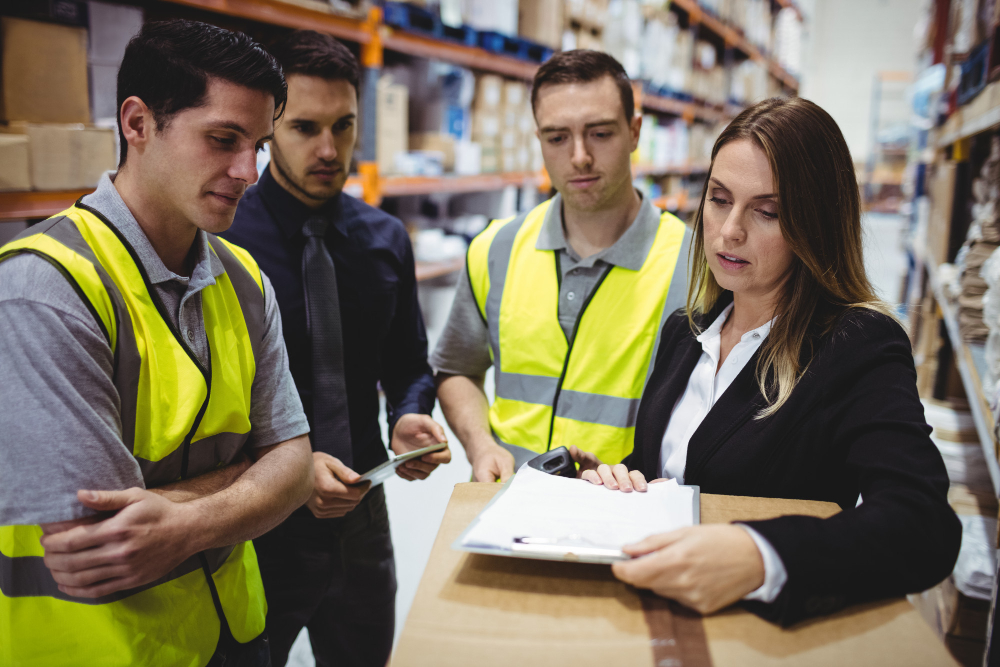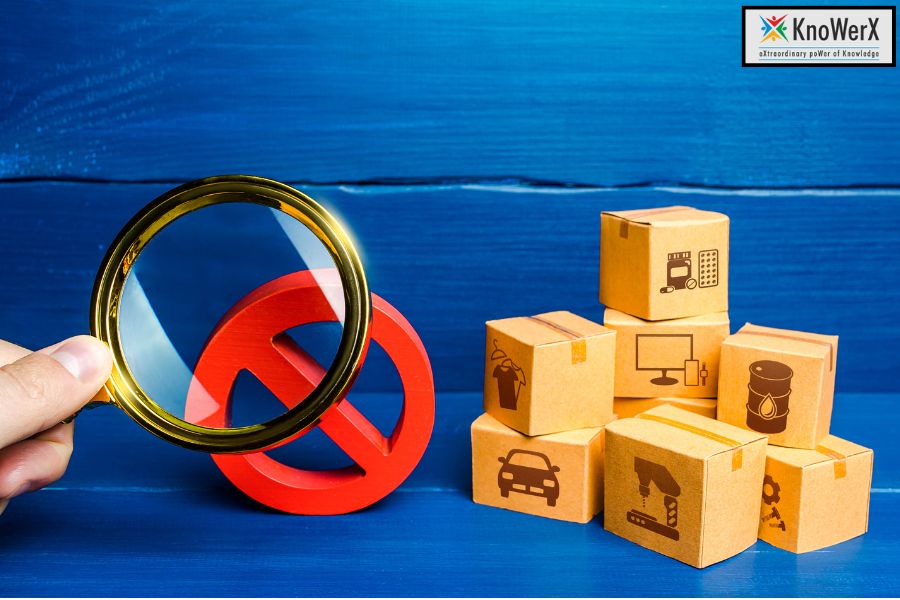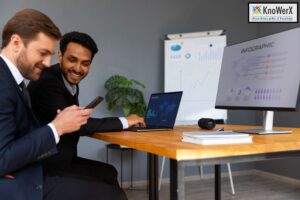Profit from Trash? Know How to Incorporate Reverse Logistics
Companies are coming to see reverse logistics more and more as a way to convert waste into profit in the ever-changing supply chain environment of today. With more than 33 years of combined experience, KnoWerX, a pioneer in Supply Chain Management Training, helps professionals to understand techniques such reverse logistics for sustainable success.
 The following useful advice will enable you to include reverse logistics into your operations, hence promoting environmental responsibility, cost reductions, and efficiency.
The following useful advice will enable you to include reverse logistics into your operations, hence promoting environmental responsibility, cost reductions, and efficiency.
1. Understand the Scope of Reverse Logistics
To effectively incorporate reverse logistics, start by defining its scope within your organization. Reverse logistics involves managing the return, reuse, recycling, or disposal of products after their initial sale. Assess your product lifecycle to identify opportunities for returns, refurbishment, or recycling. This foundational step ensures you create a streamlined process that maximizes value recovery.
2. Design a Customer-Centric Returns Process
A seamless returns process is key to customer satisfaction and operational efficiency. Incorporate reverse logistics by implementing clear return policies, user-friendly return portals, and efficient collection mechanisms. Train your team to handle returns swiftly, ensuring products are inspected and redirected for resale, refurbishment, or recycling, minimizing losses.
3. Leverage Technology for Tracking and Transparency
Technology is a game-changer when you incorporate reverse logistics. Use advanced tracking systems, such as RFID or barcode scanning, to monitor returned goods throughout the supply chain. Implement software solutions to analyze return data, identify patterns, and optimize processes. KnoWerX’s training programs emphasize leveraging such tools to enhance visibility and decision-making.
4. Optimize Inventory Management for Returned Goods
Returned products can clog inventory if not managed properly. Incorporate reverse logistics by categorizing returns based on their condition resalable, refurbishable, or recyclable. Integrate these items back into your inventory or redirect them to secondary markets. Effective inventory management reduces waste and unlocks hidden revenue streams.
5. Partner with Recycling and Refurbishment Experts
Collaborating with specialized partners can amplify your efforts to incorporate reverse logistics. Work with recycling firms, refurbishment centers, or third-party logistics providers to handle end-of-life products. These partnerships ensure compliance with environmental regulations and enhance your ability to recover value from discarded goods.
6. Educate Your Team on Reverse Logistics Best Practices
A well-trained team is critical to successfully incorporate reverse logistics. Equip your staff with the knowledge to manage returns, assess product conditions, and execute sustainable practices. KnoWerX offers professional training programs that cover reverse logistics in-depth, empowering your team to drive profitability through efficient processes.
7. Measure and Improve Performance
To ensure long-term success, incorporate reverse logistics by establishing key performance indicators (KPIs) such as return rates, recovery rates, and cost savings. Regularly analyze these metrics to identify areas for improvement. Continuous evaluation allows you to refine your reverse logistics strategy, aligning it with business goals.
Frequently Asked Questions
What is reverse logistics?
Reverse logistics refers to the process of moving goods from their final destination back to the seller or manufacturer for the purpose of returns, refurbishing, recycling, or disposal. It is essential for managing product returns, reducing waste, and recovering value.
Why is reverse logistics important for my business?
Reverse logistics helps reduce costs, improve customer satisfaction, and support environmental sustainability. It enables companies to reclaim value from returned or end-of-life products.
How can reverse logistics generate profit?
By reselling, refurbishing, or recycling returned goods, businesses can recoup costs, open up secondary markets, and reduce inventory waste. This can turn discarded items into revenue-generating opportunities.
Ending Notes

At KnoWerX, our 26+ years in education and consultancy enable us to deliver high-quality, practical training tailored to your needs. Our programs help professionals master how to incorporate reverse logistics, transforming waste into profit while fostering sustainability. With a commitment to excellence and affordability, KnoWerX is your trusted partner for supply chain success.
By implementing these tips, you can incorporate reverse logistics to not only reduce waste but also unlock new revenue streams, proving that trash can indeed be turned into treasure. Enroll in KnoWerX’s Supply Chain Management Training today to gain the expertise needed to excel in this transformative field!
Image Reference: Freepik
Disclaimer: All trademarks, logos, and brand names are the property of their respective owners. All company, product, and service names used in this website are for identification purposes only. Use of these names, trademarks, and brands does not imply endorsement.



